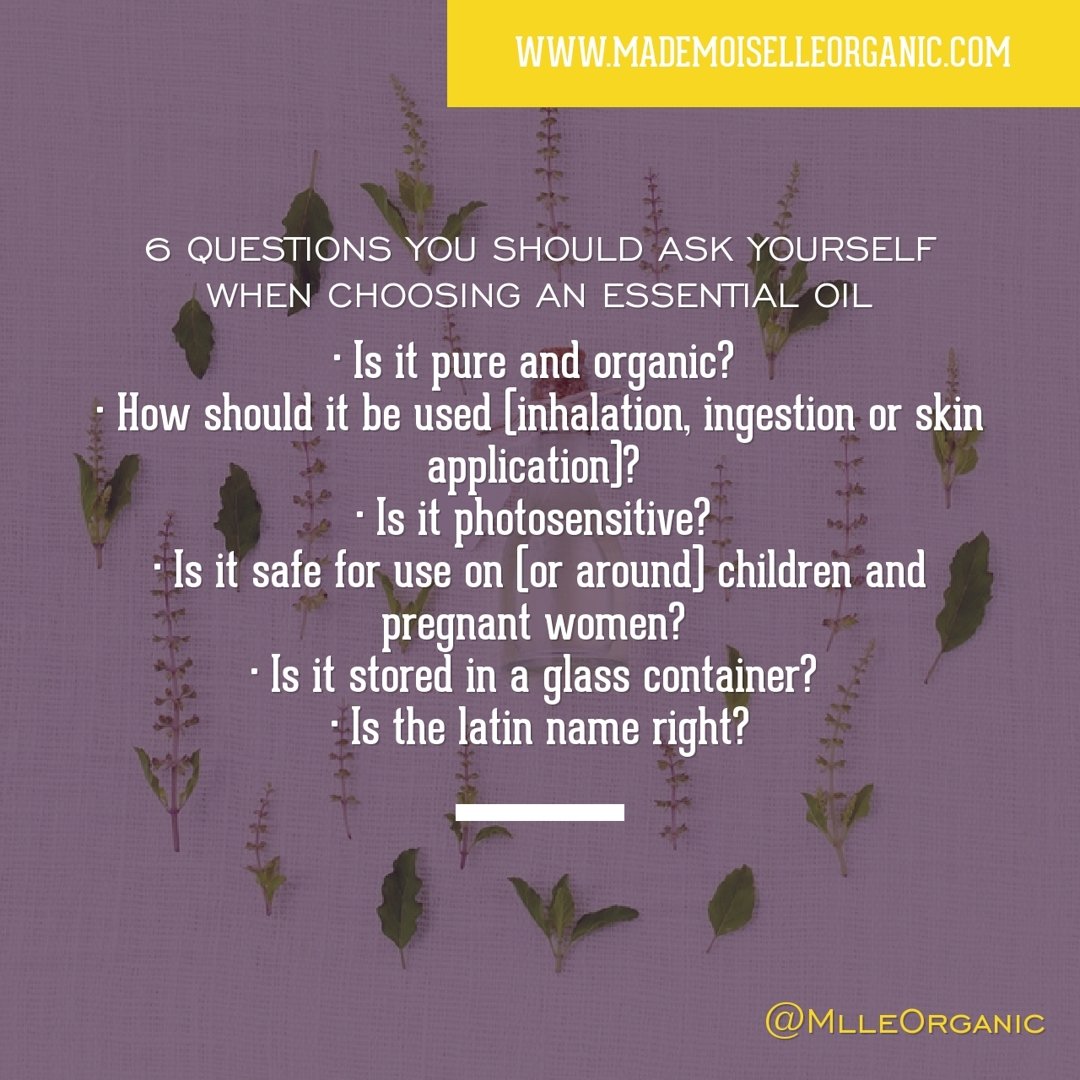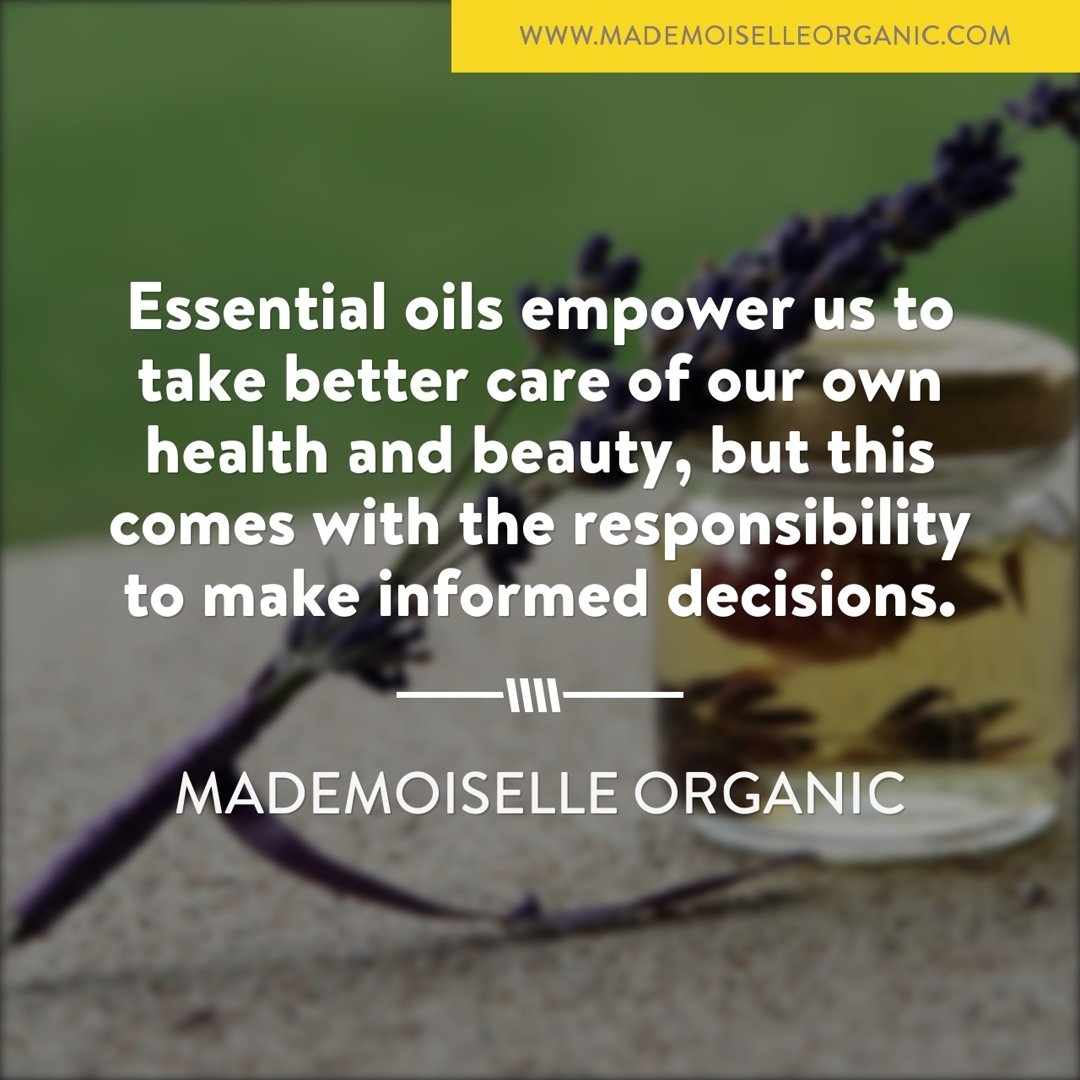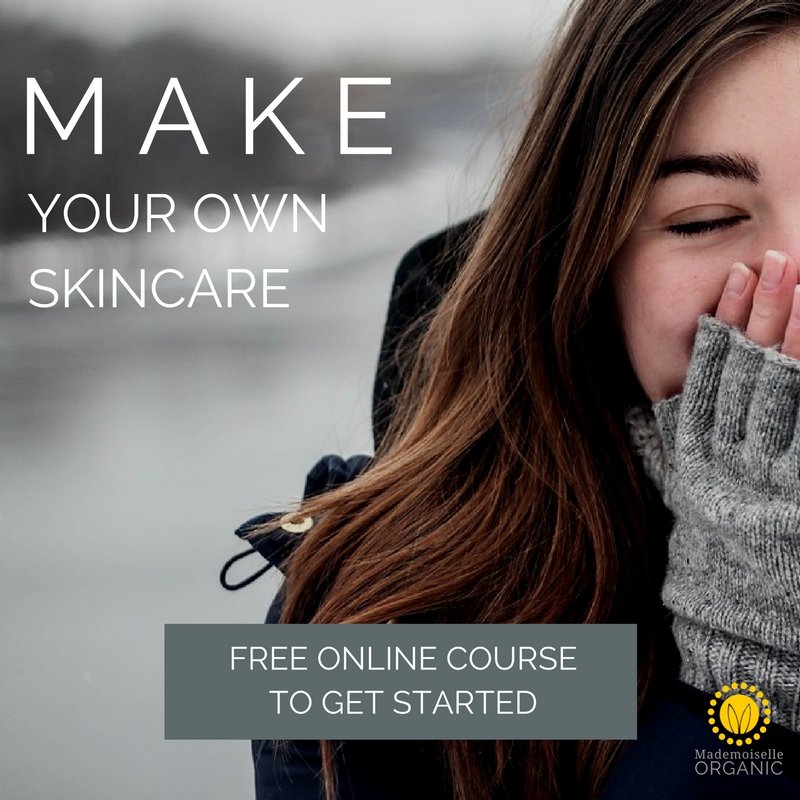If you are interested in natural or organic beauty, you probably have heard of essential oils and even used products containing this type of ingredients. Essential oils have become a powerful marketing tool for organisations promoting their natural products and they are also really easy to buy online or over-the-counter, but it’s very important to remember that essential oils are very potent ingredients and therefore should always be used and consumed with care.
What are essential oils?
Essential oils have been used for thousands of years for cosmetic purposes, as well as for their healing properties.
Essential oils are extracted from the leaves, stems, flowers, bark, roots, or other elements of plants using one of these methods:
- Steam and/or water distillation
- Solvent extraction
- Cold pressing
Some essential oils are extended with synthetic chemicals or diluted with vegetable oils and are therefore much less effective and can even cause allergies. Always buy pure essential oils.
Because they are basically “plant concentrates”, they can also contain pesticides and this is why it is also recommended to buy organic essential oils. For more information on pesticides in essential oils, I invite you to read this article.
Why are essential oils so popular today?
Essential oils are widely used in skincare products and cosmetics as replacement of synthetic fragrances, due to the fact that many consumers are now aware of the side effects of synthetic fragrances.
They are also easy to purchase over-the-counter and online, so many people try them for their healing and purifying effects on the body.
What are the necessary precautions when using essential oils?
Remember that essential oils are highly concentrated. For example, it can take about 1 kilogram of fresh lavender to produce 5 to 10 grams of essential oil! It’s not because essential oils are natural that they are always good for your health or skin. Used badly, they can do more damage than good and that’s why it’s always recommended to do some research before using an essential oil you are not familiar with.
A few key points to keep in mind:
Most essential oils are unsafe for use on children and pregnant women.
Essential oils can affect hormones, cross the placenta and get to the baby. Some oils, like peppermint and eucalyptus for instance, contain menthol and 1,8-cineole. These compounds can slow breathing in very young children or those with respiratory problems.
I usually recommend against using essential oils on or around children under the age of 3 and pregnant (or breastfeeding) women. For children over 3 years old, use essential oils under medical supervision. Keep all essential oils out of reach of children and babies.
Essential oils are not inoffensive fragrances
They can be used to change the scent of a preparation but always remember their aroma and composition will impact your emotional and physical well-being.
Test before applying large quantities
Your skin or body will not react the same way others have. You may have allergies and since many of these oils will be new to you, I really recommend you test them. To do that, dilute 1 drop of essential oil in 1 teaspoon of carrier, or vegetable oil, and apply a very small quantity on your arm. Leave it for 24 hours. If you experience no reaction, you should be fine to use the oil.
All essential oils have unique properties and recommended application methods
Some can be ingested, others can’t (and may even be toxic); some resist to heat, others don’t. Do you research before using an essential oil you have never used before.
Essential oils are not water soluble – they should be diluted in vegetable oils.
Some oils like citrus oils are photosensitive
They have certain constituents that can make the skin more sensitive to UV light and can lead to blistering, discoloration of the skin or burning more easily from minor sun exposure. Oils generally considered photosensitive are: orange, lime, lemon, grapefruit, and bergamot.
Essential oils should never be stored in plastic containers
Many essential oils can eat through plastics, even when diluted. They should always be stored in dark-tinted glass containers that will protect the oils from UVs.
Essential oils are volatile
They evaporate rapidly at room temperature, so always remember to close the containers.
Essential oils should not be used around the eyes and ears
Diluted or not, essential oils should never be used around (or in!) the eyes and ears.
Latin names matter!
In aromatherapy it is important to use the Latin name of the essential oil. Some plants may share the same common name, but different species of the botanical are used to produce different essential oils. For instance Lavender is probably one of the most well known and popular essential oils – but there are many species of lavender. Lavandula angustifolia is the essential oil generally used in aromatherapy. It is known to be relaxing, where spike lavender (Lavandula latifolia) is more energizing.
If you buy essential oils without consulting a professional, remember that you are in charge of your well-being and should research appropriately the benefits and precautions associated with any essential oil that you buy.
6 questions you should ask yourself when choosing an Essential Oil:
- Is it pure and organic?
- How should it be used (inhalation, ingestion or skin application)?
- Is it photosensitive?
- Is it safe for use on (or around) children and pregnant women?
- Is it stored in a glass container?
- Is the latin name right?
How to use essential oils
The chemical composition and aroma of essential oils can provide valuable psychological and physical therapeutic benefits. Research studies on essential oils show positive effects for a variety of health concerns including anxiety, depression, nausea, infections, pain, premenstrual syndrome, and many others. These benefits are usually achieved through methods including inhalation, ingestion and application of the diluted oil to the skin. Essential oils should never be injected straight into the blood or muscles.
Inhalation
Careful inhalation of the oils can provide therapeutic benefit as the oil molecules enter the lungs and are absorbed into the bloodstream. Most people would use one of the two below methods to inhale essential oils:
- Steam: 1 or 2 drops of essential oil are added to a bowl of steaming water, which quickly vaporizes the oil. The persons wishing to benefit from the inhalation would close their eyes, place a towel over the head and breathe deeply over the bowl.
- Wrist application: 1 or 2 drops of essential oil are diluted in a vegetable oil and applied on the wrist, then inhaled 3 times.
These methods are not recommended for children younger than 7 years old.
To diffuse the scent to a whole room, diffusers and sometimes spray are used.
Skin application
Essential oils are minuscule in molecular size, which means they are absorbed well by the skin. Essential oils applied on the skin should always be diluted with a carrier oil (sweet almond oil, apricot kernel oil, grapeseed oil) at no greater concentration than 3-5%.and never used pure. For example:
- For one teaspoon of carrier, you would add 3 drops of pure essential oil (3% solution)
- For application over large areas of the body, a 1% solution (one drop of essential oil in one teaspoon of carrier) is generally a safe concentration.
- For children 3 year and older, not exceeding a 1% solution is recommended in all cases.
Organic and cold-pressed carrier oils should be preferred.
Ingestion
Essential oils can be applied internally in several ways including oral ingestion and suppositories. For oral ingestion, essential oils should always be diluted in honey, sugar or vegetable oil.
Ingestion is not recommended for children under the age of 7 and should always be supervised by a licensed healthcare provider.
Some essential oils can be used in food recipes (e.g. 1 drop of peppermint essential oil added to a chocolate mousse), but always in tiny quantities (usually no more than 1 drop) and following the guidelines highlighted in the article.
To conclude…
Essential oils empower us to take better care of our own health and beauty, but this comes with the responsibility to make informed decisions.
Personally, I love essential oils and use them a lot in DIY beauty recipes, but I always treat them as I would treat prescription medicines – to be consumed with care and for a purpose.
Learn how to use essential oils and make your own skincare – Click the below image for a FREE online course to get started
Disclaimer: Any recommendations are based on personal, not professional, opinion only. All information on Mademoiselle Organic is meant for educational and informational purposes only. Products and/or information are not intended to diagnose, cure, treat, or prevent any disease. Readers are advised to do their own research and make decisions in partnership with their health care provider. For information on how to use this site, please read my Blog Policy page.




